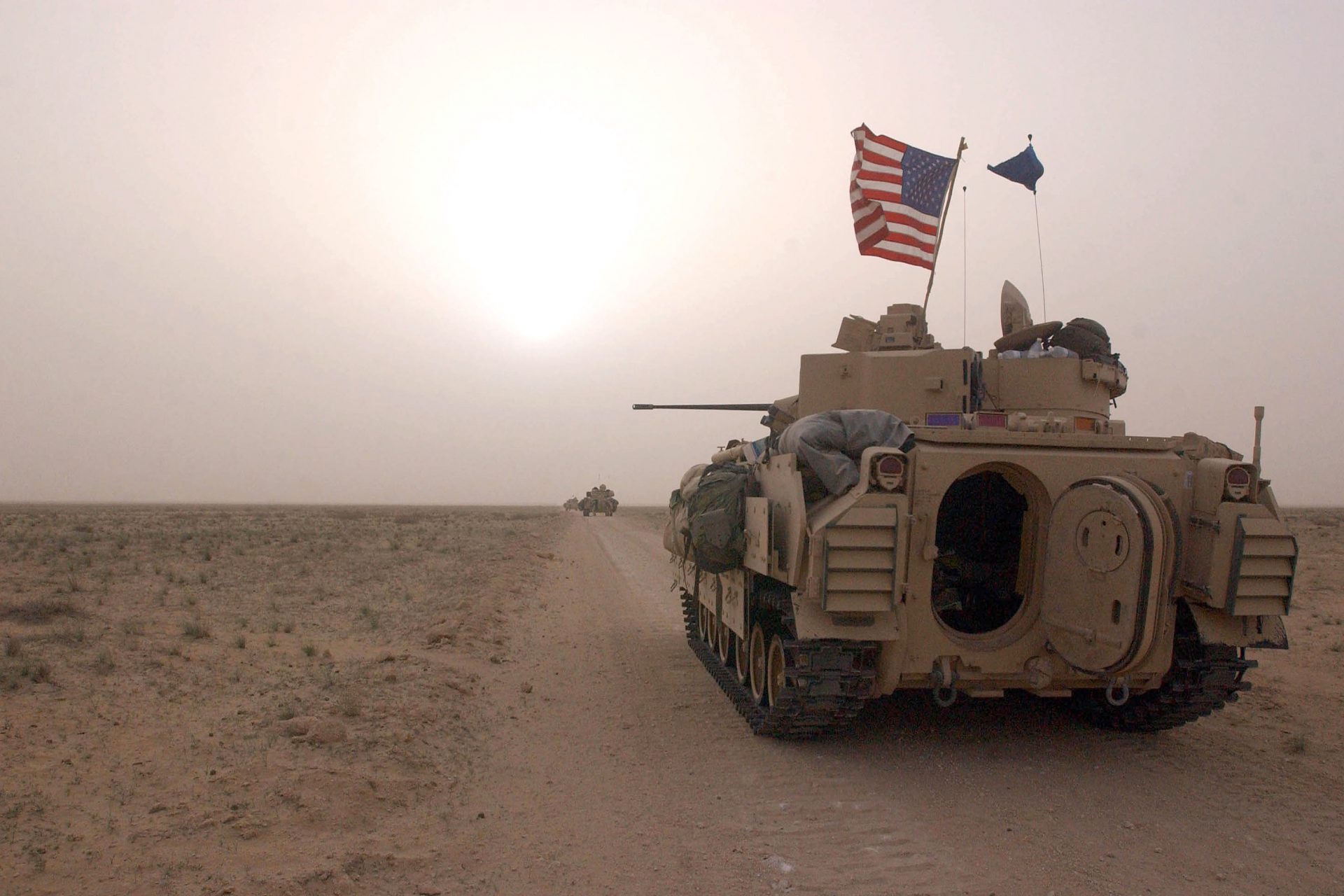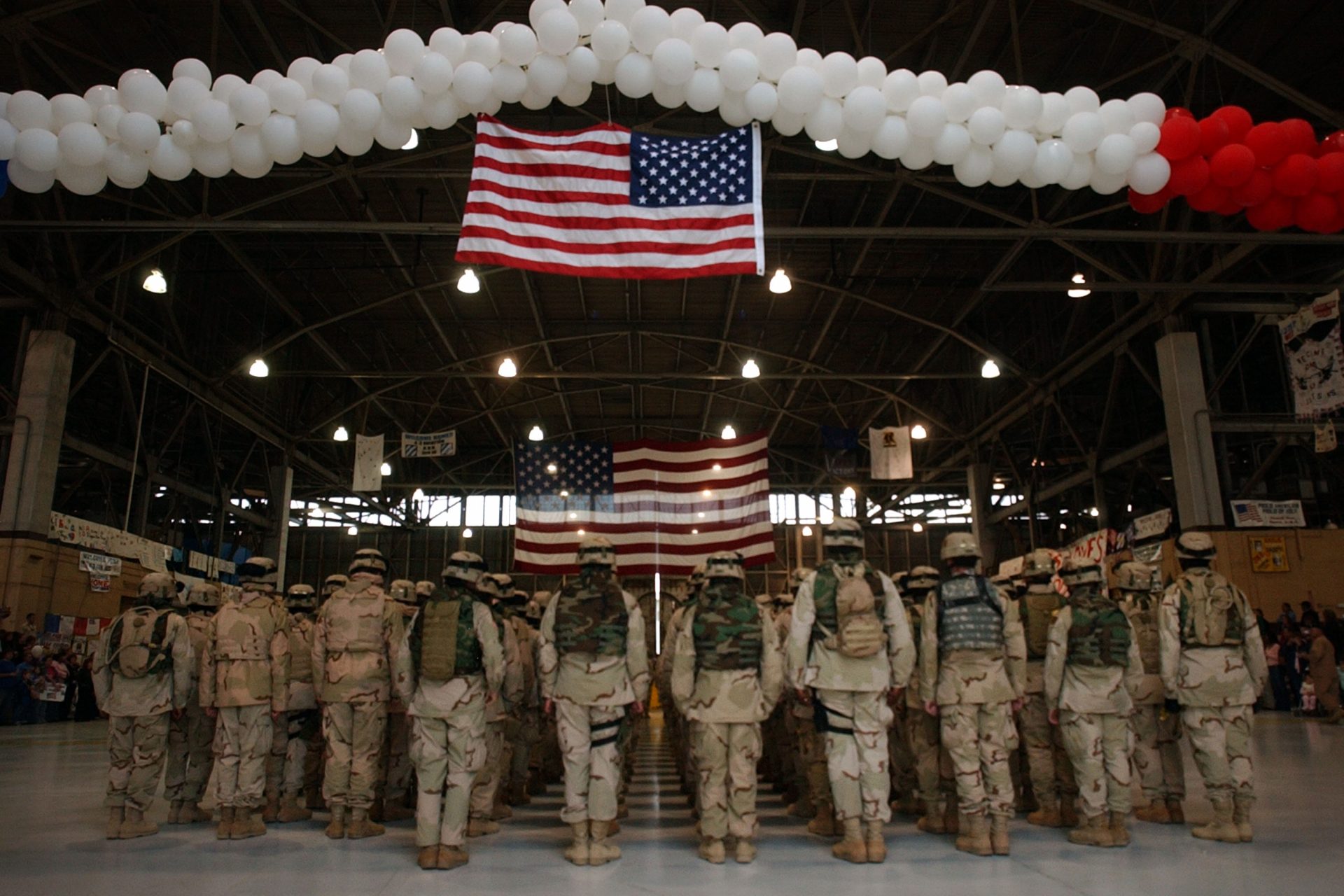Is the United States ready for war?
If world war three were to start tomorrow would the United States be ready? Is the American military prepared to fight in a major conflict? The answer might surprise you.
The U.S. Armed Forces are seriously unprepared to fight the world's next global conflict according to some analysts, and you’ll never guess the problem that’s holding the American military back.
When Vladimir Putin ordered his invasion of Ukraine, the long war he sparked revealed two important and completely unknown facts about the world’s leading superpowers.
First, the Russian military was not as powerful as the world had believed, and second, the U.S. and its allies were woefully unprepared to support a protracted land war.
The crux of the problem for the U.S. starts with the country’s inability to produce 155mm shell ammunition in large enough quantities to support the ongoing artillery fight in Ukraine.
“The 155 mm shell is one of the most often-requested and supplied items, which also include air defense systems, long-range missiles, and tanks,” wrote Marc Levy of the Associated Press.
“The rounds, used in howitzer systems, are critical to Ukraine’s fight because they allow the Ukrainians to hit Russian targets up to 20 miles (32 kilometers) away with a highly explosive munition,” Levy added. But Ukraine’s allies can't supply enough of them.
Production problems appear to be a recurring issue for American war planners. It isn’t just 155mm shells that the U.S. is running low on, it's almost every piece of important equipment.
In March 2023, The New York Times reported that a variety of factors had come together and ruined America’s ability to quickly produce the basic equipment needed to fight a war.
“Industry consolidation, depleted manufacturing lines, and supply chain issues have combined to constrain the production of basic ammunition like artillery shells,” wrote journalist Eric Lipton, adding that advanced equipment reserves were also worrying.
Lipton noted that in the months after Russia invaded Ukraine, the United States sent an unprecedented amount of equipment to its ally and depleted its stock, and set the country back by tens of years.
America’s supply of Stinger missiles would take about 13 years to replace at current production levels according to Lipton, and Javelin anti-tank systems would take about five years.
“If a large-scale war broke out with China, within about one week the United States would run out of so-called long-range anti-ship missiles,” Lipton reported.
The Biden administration attempted to address America’s growing stockpile problem by earmarking $170 billion in the President’s proposed budget for the Pentagon to use on weapons procurement according to analysis from The Hill, but this might not be enough.
On March 31st, 2023, General Mark Milley, Chairman of the Joint Chiefs of Staff, spoke in front of the House Armed Services Committee about reevaluating U.S. supply needs.
“If there was a war on the Korean peninsula or great power war between the United States and Russia or the United States and China, the consumption rates would be off the charts,” General Milley said before going on to relay his concern about the issue.
“So I’m concerned. I know the secretary is... we’ve got a ways to go to make sure our stockpiles are prepared for the real contingencies.” General Milley added.
Luckily, the gap in U.S. defenses has been recognized and it appears the government has moved into full swing to address the shortfalls. The Pentagon is abandoning old methods of procurement and rebuilding supply chains according to Eric Lipton.
More for you
Top Stories































